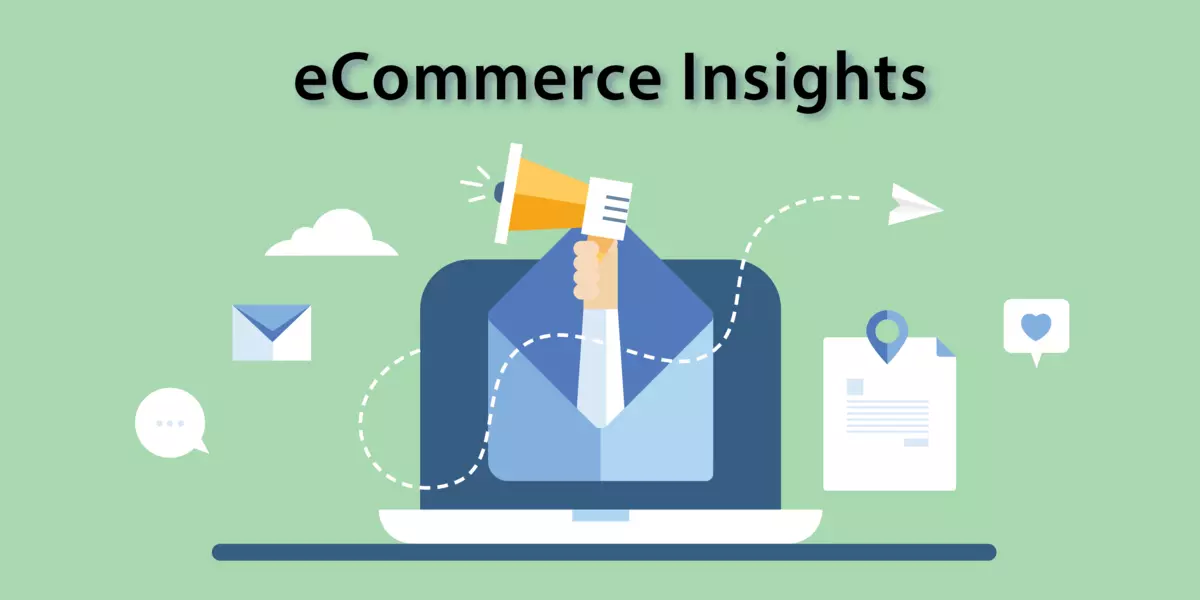Introduction
Social media has transformed the way eCommerce businesses connect with their audience. For brands seeking to increase engagement, sales, and brand loyalty, social media marketing is essential. But to achieve tangible results, brands must go beyond basic posting strategies and use Ecommerce Insights to guide their approach. Understanding your audience, optimizing ad campaigns, and leveraging the latest social commerce tools can make a significant difference in your success.
Understanding Your Audience
To succeed in social media marketing, you must first know who you’re speaking to. Detailed audience insights are the foundation of any effective marketing strategy. Knowing your audience’s age, location, interests, and buying behavior will help you tailor content that resonates with them.
Analyzing Customer Behaviors and Preferences
Use social media insights and analytics to observe how your audience interacts with your content. For example, Instagram Insights and Facebook Analytics offer data on engagement patterns, helping you identify the type of content your audience likes most.
Competitor Analysis
Competitor analysis offers valuable insights into what works well in your industry. By analyzing the strategies of competitors, you can identify gaps and refine your unique selling proposition.
Learning from Competitor Strategies
Observe how your competitors engage their audiences and which tactics drive the most engagement. This analysis can reveal effective strategies and inspire you to create distinct, appealing content.
Content that Drives Engagement
Content is king in social media marketing. For eCommerce brands, high-quality visuals, videos, and interactive content like polls and quizzes can significantly boost engagement.
Using Visuals, Videos, and Interactive Content Effectively
Incorporate product-focused videos, behind-the-scenes posts, and customer testimonials. Visual content tends to receive more engagement, and interactive elements like polls increase participation, encouraging more customers to interact with your brand.
Leveraging Social Commerce
Social commerce is growing rapidly, making it easier for customers to make purchases directly through social media. Platforms like Instagram and Facebook offer shopping features that streamline the buying process.
Integrating eCommerce Features
Make use of “Shop Now” buttons, product tagging, and in-app checkout options to create a seamless shopping experience. These features reduce friction and enhance customer convenience, leading to increased conversions.
Utilizing Analytics for Continuous Improvement
Tracking your social media performance through metrics such as engagement rate, reach, and conversion rate is essential for assessing your strategy’s success.
Tracking Metrics That Matter
Metrics like click-through rate (CTR), engagement rate, and conversion rate provide valuable insight into how well your posts are performing. Regularly reviewing these metrics allows you to make informed adjustments.
Personalization and Targeted Campaigns
Personalized marketing is no longer optional. Customers expect brands to deliver tailored experiences based on their preferences and behaviors.
Using Segmentation for Targeted Social Media Campaigns
Segmenting your audience by demographics, location, and interests allows you to create targeted social media campaigns. Personalization can increase engagement and make your ads more relevant to specific groups.
Influencer Marketing for eCommerce
Influencers can help your brand reach new audiences and build trust. A well-chosen influencer can provide authentic content that resonates with their followers.
Choosing the Right Influencers
Work with influencers whose values align with your brand. Micro-influencers, who have smaller but highly engaged audiences, often provide more meaningful engagement than larger influencers.
Optimizing Ad Campaigns for Conversions
Setting up ad campaigns that are optimized for conversions is vital to getting the best return on your investment. Targeting the right audience, setting clear objectives, and monitoring performance are key to effective ads.
Best Practices for Optimizing Ad Performance
Use A/B testing to find the best-performing ads, set a clear call-to-action, and regularly optimize based on performance data to improve conversion rates.
Harnessing User-Generated Content
User-generated content (UGC) builds social proof and strengthens brand trust. Encourage satisfied customers to share their photos, videos, or testimonials featuring your products.
Building Social Proof with User-Generated Content
Showcasing UGC on your page creates a sense of community and trust. It serves as a form of endorsement from real customers, which can influence others to purchase.
Building Brand Loyalty through Engagement
Social media offers a platform to engage with your customers and build brand loyalty. Responding to comments, messages, and reviews shows customers that you value their feedback.
Strategies for Fostering a Loyal Community
Share user stories, host giveaways, and create interactive posts that encourage customers to participate. Engagement fosters a loyal community that will likely support your brand over time.
The Role of Paid vs. Organic Strategies
Balancing organic reach with paid ads is crucial for maximizing your social media marketing efforts. While organic content builds relationships, paid ads increase reach and visibility.
When to Invest in Paid Social Media Marketing
Paid ads are beneficial when launching new products or promotions. However, organic engagement should remain a priority to maintain authenticity.
Multi-Channel Strategy for Cross-Platform Success
A multi-channel approach increases brand visibility across different social platforms, reaching a broader audience.
Aligning Messages Across Platforms
Consistent messaging across platforms reinforces your brand and helps maintain brand identity. Tailor your approach to suit each platform while keeping your brand voice consistent.
Leveraging Trends and Real-Time Marketing
Staying up-to-date with trends and real-time marketing can boost your relevance and engagement. Tapping into trending topics and events keeps your brand fresh and relatable.
Benefits of Real-Time Engagement
Real-time engagement enables you to connect with audiences in the moment, whether it’s responding to live events or trending conversations, creating timely, relevant content.
Conclusion and Future of eCommerce Social Media Marketing
Social media Digital Marketing Insights for eCommerce continues to evolve, with new trends and technologies shaping the way brands connect with audiences. By understanding your audience, leveraging analytics, and staying current with social commerce trends, you can create an effective social media strategy that drives engagement, loyalty, and conversions.
Read More: How to Use Deodorant Wipes for a Quick Refresh: A Comprehensive Guide
